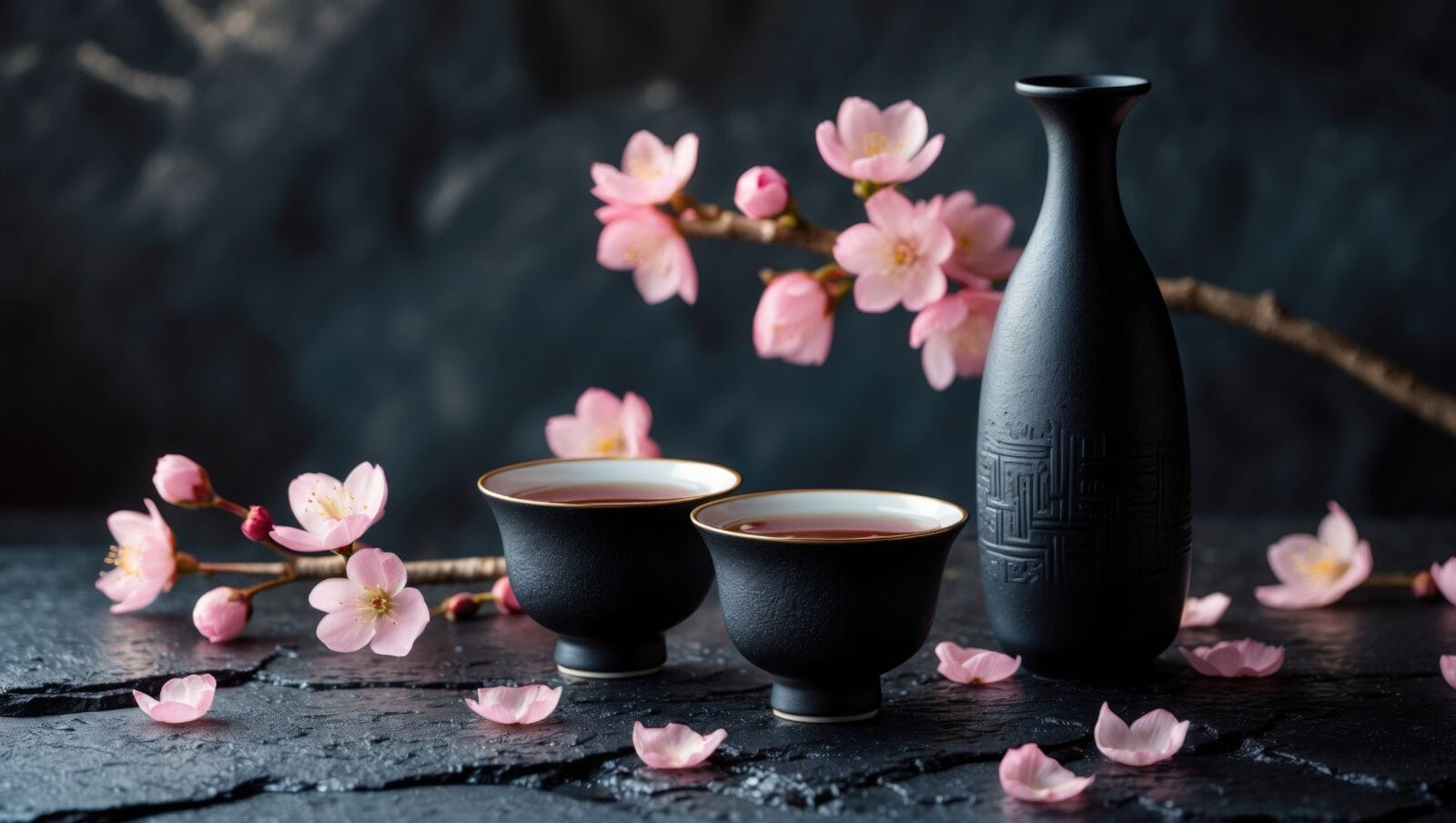Sake is Japan’s signature drink, and while it has been enjoyed for centuries overseas, more people in Arizona are discovering how simple and rewarding it is to enjoy at home or with a fine meal. At its core, sake is made from rice, water, koji, which is a mold used for fermentation, and yeast. Yet the taste can vary dramatically depending on the brewing style.
One of the easiest ways to navigate sake is by checking the Sake Meter Value, or SMV. This number measures sweetness or dryness. A negative SMV means sweeter, while a positive SMV means drier. Once you know this, choosing a bottle becomes much less intimidating.
LOCAL NEWS: 100 best places to work and live in Arizona for 2025
Kasai’s sake list has something for every palate. For crisp, clean flavors, Junmai Hakutsuru.
Organic offers hints of citrus and earth with a dry SMV of +5. For a richer style, Junmai Ginjo.
Kanbara “Bride of the Fox” features pistachio and honey with a crisp +3 finish. Junmai Daiginjo Konteki “Pearls of Simplicity” has pear and apple notes at +2. These options are often enjoyed by guests who already know they prefer a dry, refined sake.
For a creamy, lightly sweet sip, Nigori Hakutsuru Sayuri “Little Lily” is a favorite. Unfiltered for a smooth texture, it carries white grape and cherry blossom flavors with a sweet SMV of −11. Flavored sake can be a fun change, like Hana Lychee, which brings juicy lychee and peach. For a special occasion, the 720 ml Soto Junmai Daiginjo delivers a silky, melon-like taste and a generous pour that is perfect for sharing (or not).
Serving sake at home is easier than many think. Fruity, floral ginjo and daiginjo styles shine when chilled to about 50 to 55 degrees Fahrenheit, which preserves their aroma. Richer junmai styles can be served slightly chilled, at room temperature, or gently warmed to about 100 degrees. A small wine glass or tumbler works perfectly, and there is no need for special cups. Once opened, refrigerate it. Most sakes are best within two to three weeks, although some richer styles hold their character longer.
Pairing sake with food is where it truly shines. Its natural umami pairs beautifully with both seafood and meats. For sushi, Junmai Daiginjo Konteki “Pearls of Simplicity” or Soto Junmai Daiginjo offer a clean profile that complements delicate fish. Teppanyaki favorites like filet mignon, New York strip, or scallops pair well with the dry lift of Junmai Hakutsuru Organic or the nutty depth of Junmai Ginjo Kanbara “Bride of the Fox.” Creamy Nigori Hakutsuru Sayuri is excellent with richer, spicier dishes such as Mongolian BBQ ribs or Wagyu sliders, with its sweetness balancing both heat and fat. Flavored sake like Hana Lychee makes a light, refreshing start to a meal.
Whether you are new to sake or already a fan, exploring Kasai’s list can open the door to new flavors, pairings, and experiences. This centuries-old drink remains just as exciting today.
Author: Emma Russello is Dinnertainment Specialist at Kasai Japanese Steakhouse.




